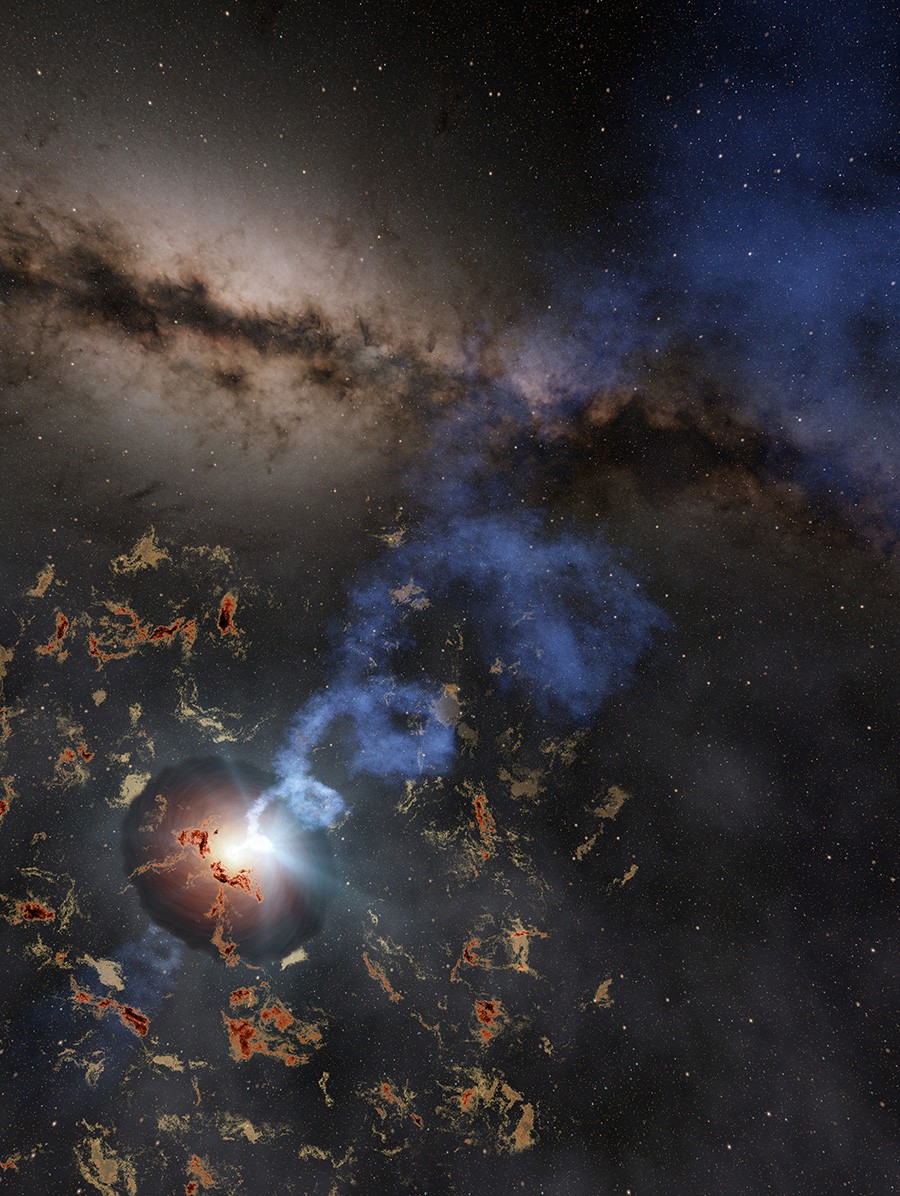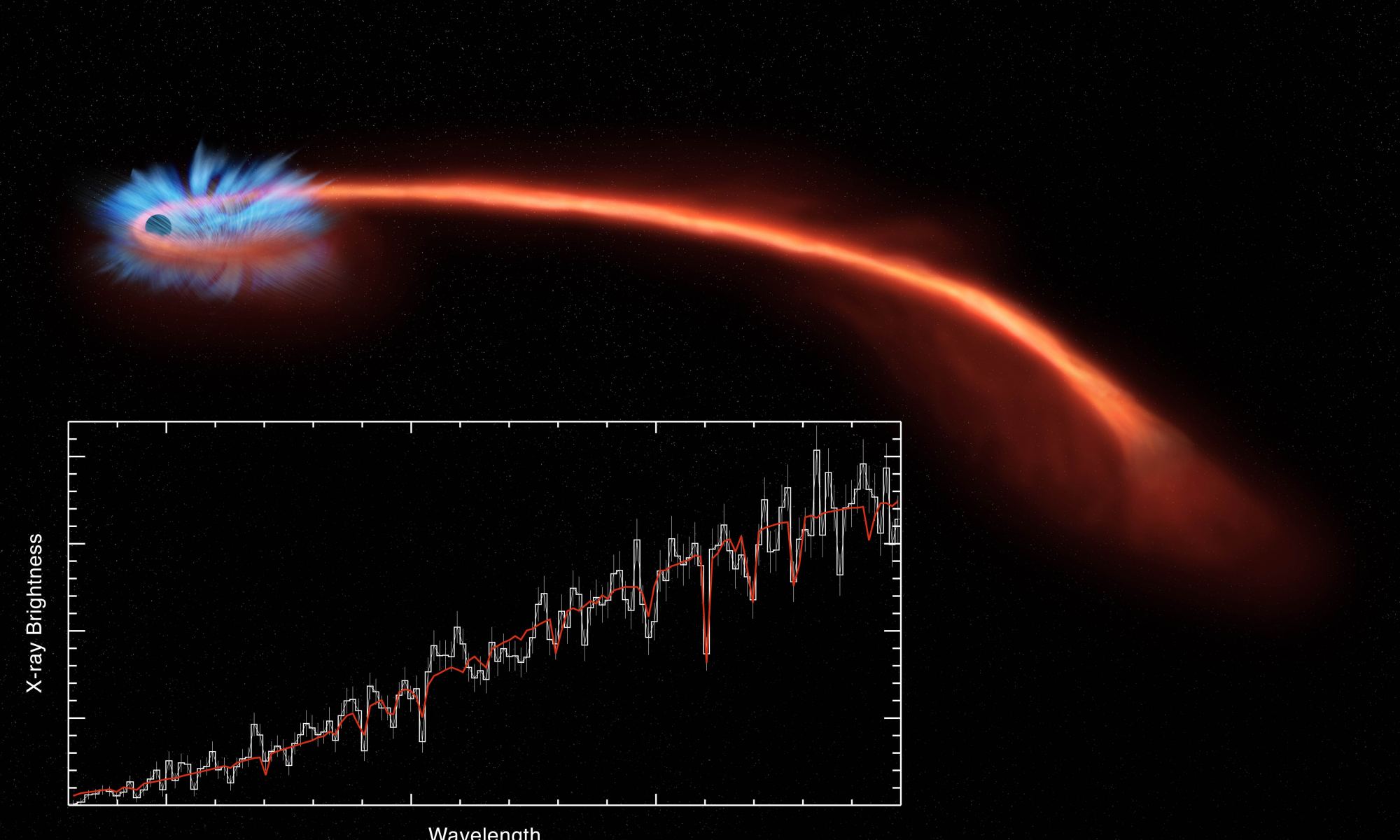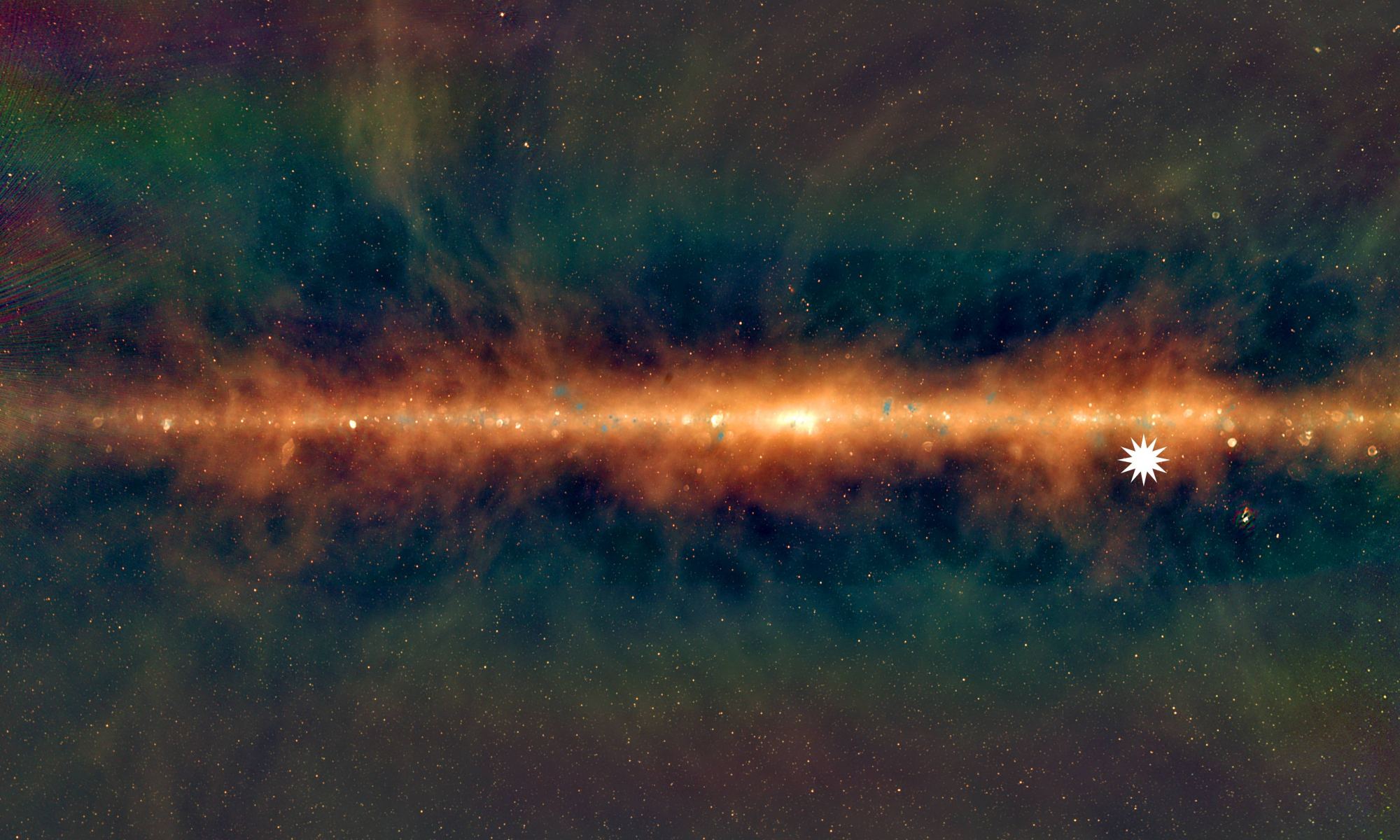In 1977, astronomers received a powerful, peculiar radio signal from the direction of the constellation Sagittarius. Its frequency was the same as neutral hydrogen, and astronomers had speculated that any ETIs attempting to communicate would naturally use this frequency. Now the signal, named the Wow! Signal has become lore in the SETI world.
But what was it?
Continue reading “The Wow! Signal Deciphered. It Was Hydrogen All Along.”






